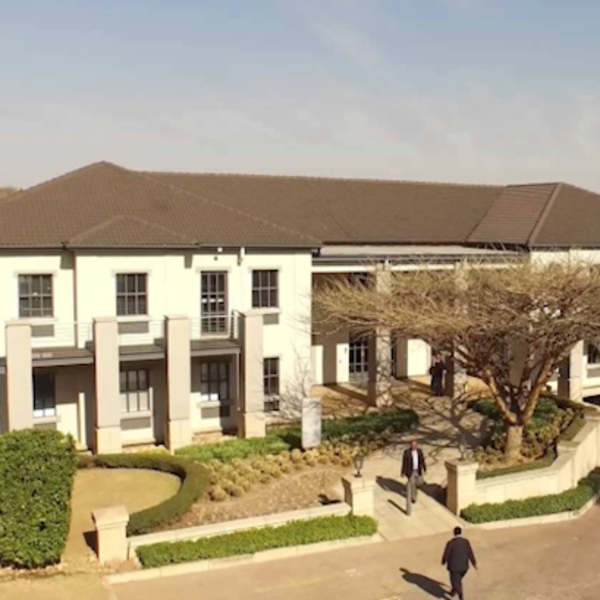Tax considerations when negotiating leasehold improvements
Property Insights
Leasehold improvements, also known as Tenant Installation Allowances, ensure that leased premises are customised and best suited for a tenant’s commercial activities. In the most basic instances, leasehold improvements include items such as doors, partitioning, air conditioning, lighting and floor or wall coverings.
Costs related to leasehold improvements form part of the lease negotiations between the landlord and tenant, and one or both parties may be required to fit the bill. Costs of leasehold improvements often revert to the landlord at lease termination, or a tenant may be required to re-instate to prior condition at its expense. These costs are also often amortised over the life of the leasehold improvements or the remaining lease term – whichever is shorter.
Should a lease renewal option exist where the prospect of renewal is uncertain, the amortisation period would most often revert to the initial lease term rather than the indefinite longer term.
We have highlighted a few cost scenarios when it comes to leasehold improvements in South Africa:
- The landlord offers the tenant a building allowance at a rate per square meter. The tenant compensates the landlord for leasehold improvement costs through higher lease payments. The tenant works with the landlord's appointed interior architects in specifying leasehold improvements to be made, and all improvements become property of the Landlord. With this structure, the allowance is not classified as income to the tenant. Costs incurred in excess of the building allowance are borne by the tenant, capitalised on the basis of a leasehold improvement and amortised over the lease period.
- The tenant appoints his or her own interior architects with the landlord’s approval. The landlord may advance funds directly to the tenant or to a separate account as work progresses. As above, the tenant compensates the landlord via higher lease payments that are fully deductible. The lease could specify the landlord owns all property attached to the building but the tenant owns property that can be removed without structural damage to the building.
- The tenant structures any advance from the landlord as a loan. In this case, the tenant gets deductions for interest and depreciation while avoiding recognising any portion of the landlord’s advance as income.
To avoid tax disputes when it comes to leasehold improvements, the landlord and tenant should agree up front on the tax treatment. The tenant needs to assess the benefits of ownership against the tax implications of current income recognition.
The provisions relating to leasehold improvements can be useful when negotiating and structuring lease agreements. Where these provisions are effectively instituted, the inclusion in the landlord’s gross income of and the deduction in the hands of the tenant would be spread over the lease period.
Related blog posts (4)

Covid-19: Can you get rent relief on your commercial property?
Commercial Property

Benefits to Leasing Commercial Property
Property Insights

Finding commercial space for your business
Property Insights

